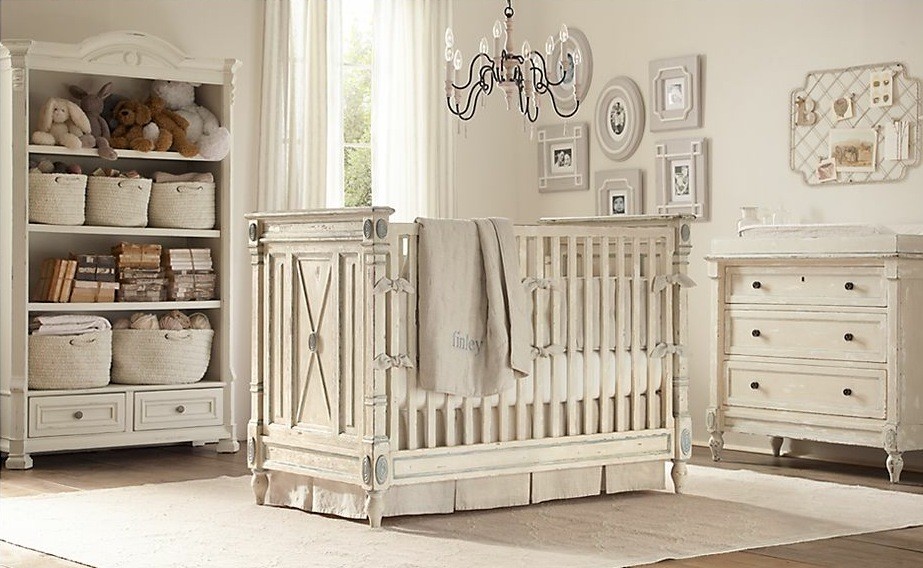Television has the potential to impart information, inform opinion
and provide relaxation. But it may also negatively impact on a
child’s health and portray certain models and values to children
before they are cognitively ready to separate fantasy or opinion from
fact, or to critically assess what they are watching.
The television-watching habits a child acquires as a pre-schooler
are likely to stay with them for life, which means there is an
opportunity to impart healthy lifestyle choices. So how do you avoid
the pitfalls?
Negative
impacts
Television may have a negative impact on children’s body
composition in a number of ways, including:
- Taking the place of physical activity
- Increasing food intake by eating while watching
- Effectively advertising high-fat and/or high-sugar foods
- Slowing the body’s energy use.
Most children relax in front of the TV and don’t spend much
energy. Foods are the most commonly advertised products on children’s
TV, and ads for high-fat, high sugar foods predominate. Research
consistently shows that they influence children’s food preferences.
Food intake in children increases after exposure to food ads, and
they are more likely to choose advertised products. Young children
are likely to see foods promoted as “good” and being healthy. One
study showed that the nutritional knowledge and reasoning of
early-primary school children decreased with the amount of television
they watched. Greater TV use is associated with higher intakes of
sugar, fatty and salty snacks and fizzy drinks, and lower intakes of
fruit and vegetables.
As a group, foods advertised on TV are high in fat, saturated fat,
protein, free sugars and salt, and low in fibre and some
micro-nutrients. Attention: these are the kinds of food associated
with obesity and dental caries in childhood and heart disease,
diabetes and cancer in adulthood.
Unhealthy
weight gain
One of the obvious problems with television is that it’s
incredibly sedentary. Almost any other activity, even reading, burns
more calories. There’s a direct correlation between hours of
children’s TV viewing and weight – the more television, the
greater the child’s weight. If a large television viewing habit
continues into adulthood, it can increase the risk of chronic
diseases.
Increasing hours spent watching TV is associated with increasing
obesity, and this is worse for children who are otherwise not very
active or who have a high fat intake. Recent studies show children
who are heavily exposed to junk food advertising consume, on average,
40% more calories than children who watch ad-free television.
The relationship between obesity and television-watching is as
true for the preschooler as it is for the older child. The excess
weight accumulates over the years, so the younger a child starts
logging up hours in front of the TV, the more years they have to
accumulate fat. Children’s bodies have the least fat at around 4-6
years of age. The younger a child hits this point and then starts
gaining body fat, the more likely they are to be obese in later life;
so fatness in the pre-school age may have longterm consequences.
Therefore, pre-schoolers regular active play is the best way to help
prevent later obesity.
Effect
on behaviour
Television exposes children to experiences that are not a normal
part of their life. It has been known for some time that childhood
exposure to media violence predicts aggressive behaviour in young
adult males and females. This is more likely where the aggressive TV
character is one that children identify with (the hero) and where
they perceive the TV violence to be real.
Learning
social norms
Children indirectly learn social norms by watching the way actors
interact on television. These norms cover every aspect of human
behaviour life from sex and violence to alcohol, nutrition and many
other areas. Programs where characters regularly depict risky
behaviours, such as constant snacking, smoking and excessive
drinking, subtly communicate to children that these behaviours are
acceptable, even “normal”.
Tips
Television-watching should be a
small part of life and not the default activity for when nothing
structured is on. Creative play, reading and hobbies are preferable
as primary pursuits. So how do you keep them away from the boTV?
Minimise the number of TVs available. Don’t allow one in your
child’s room. Have the TV positioned where you can keep an eye on
what they’re watching and out of view of the dining room.
Model good behaviour. Turn the TV
on to watch a selected program and turn it off when you have
finished. Don’t snack as you watch.
When your child asks, “Can I
watch TV?” ask them what they want to watch. Let them know what is
going to happen when it finishes.
Make tapes of programs of good
educational content, for the times that you would like them to watch
– for example, when they’re too sick for other activities.
Choose ones that are educational and non-violent.
Try to watch shows together and
discuss them afterwards.
Limit the hours of viewing.
Limiting children’s total media time to no more than 1 to 2 hours
per day – this includes all TV, videos, DVDs, Playstation,
computer time etc. It recommends discouraging TV viewing for
children under 2 and encouraging “interactive activities that
promote proper brain development, such as talking, playing and
reading together”.
Don’t have the TV on during
meals. They are an important time to be social with your children.
Particularly avoid the news during mealtimes if you have young
children. The concept that the day’s horrors are unlikely to
happen to them may be hard for them to grasp.
Everything
in moderation
Like anything in life, watching television is something that’s
fine in moderation. Television can entertain and educate children
but this needs to be balanced with time for outdoor activities,
socialising with other children and time spent with good role models.








